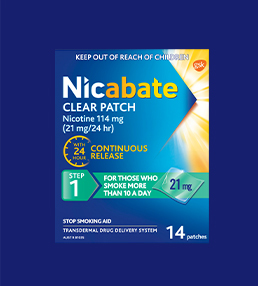Smoking Puts Your Health and Your Life at Risk
Tobacco smoking is directly linked to a number of medical conditions that put your health and your very life at risk. Tobacco smoke contains more than 4,000 chemicals that enter your mouth, lungs and bloodstream with each puff. Among the most prevalent and toxic of these substances are carbon monoxide and tar.
Carbon monoxide is commonly found in exhaust fumes. When it is inhaled, it displaces oxygen in the blood, which causes your lungs, heart, brain and other important organs to suffocate and fail. Tar coats the inside of your lungs, increasing mucus production and restricting the flow of oxygen to the bloodstream.
Quitting Smoking Has Immediate and Long-Term Benefits
As soon as you choose to quit smoking, your body begins to recover from some of the damage it has caused. If you can break the addiction and continue to avoid tobacco smoke, the repairs and recovery will improve your health and reduce the risk of contracting the most debilitating medical conditions it can cause.
The following is a timeline of the recovery process of the average person who has quit smoking:
Within Six Hours
Your heart rate drops, and your blood pressure is reduced.
Within 12 Hours
Nearly all traces of nicotine have been processed by your system and eliminated.
After One Day
Carbon monoxide in your bloodstream has greatly decreased, which increases the availability of oxygen to your body.
Within Five Days
Most of the by-products of nicotine are eliminated from your body.
After One Week
Your senses of smell and taste may improve, and your lungs begin to clean themselves more effectively.
After One Month
Your blood pressure falls into a normal range, and your immune system shows improvement.
After Two Months
Mucus in your lungs returns to normal levels, which reduces coughing and wheezing.
After Six Months
Lung functioning has continued to improve, and most people enjoy reduced levels of stress.
After One Year
The risk of death from a heart attack is reduced to half that of a current smoker.
After Two to Five Years
The risk of heart disease and stroke continues to decrease, and women experience a reduced risk of developing cervical cancer.
After 10 Years
The risk of developing lung cancer decreases.
After 15 Years
The risk of a heart attack or stroke is nearly the same as that of a person who has never smoked.
Because tobacco is so addictive, quitting can be difficult. Some people need to make several attempts, but support and assistance is available that can make the feat easier to achieve.






